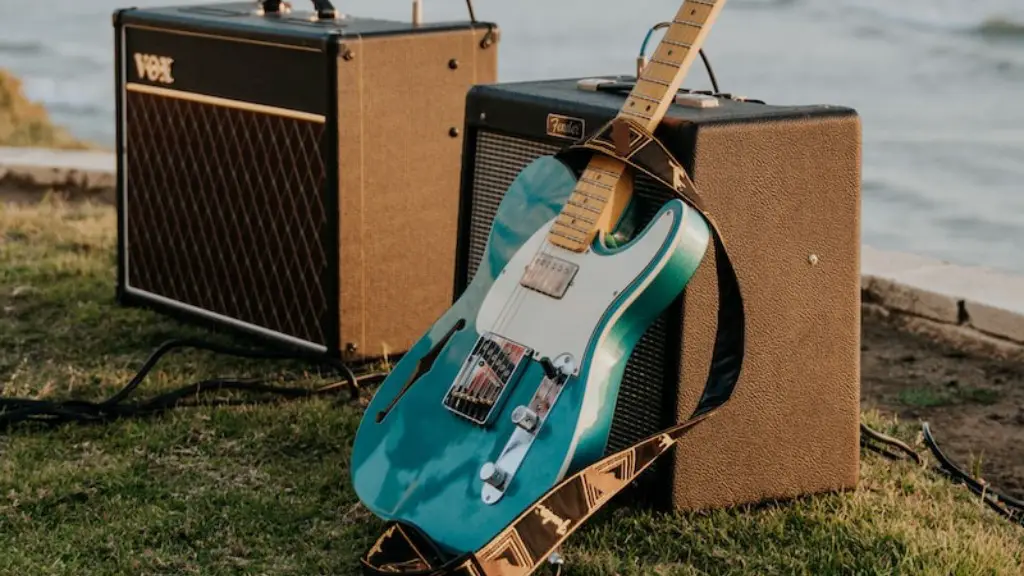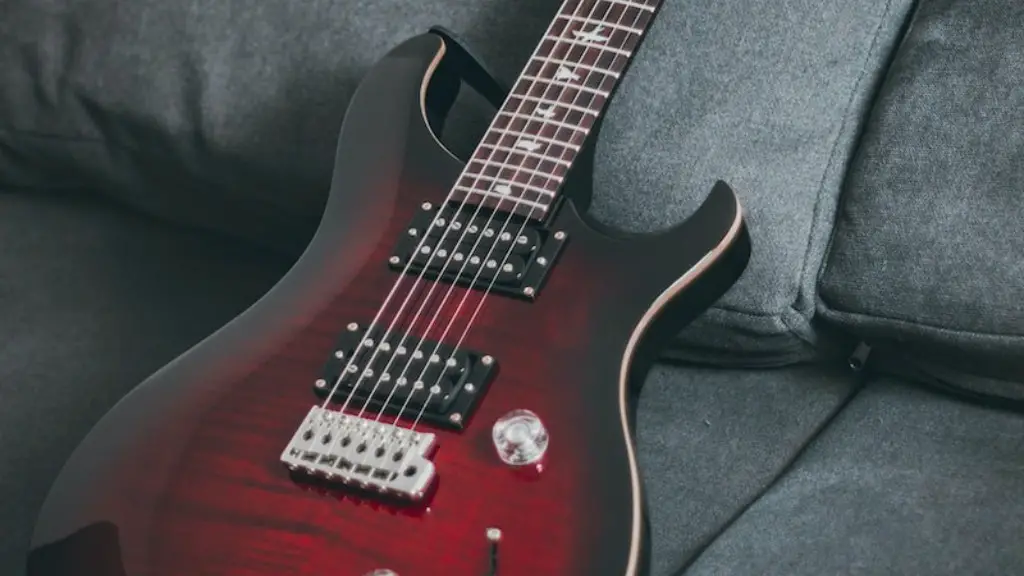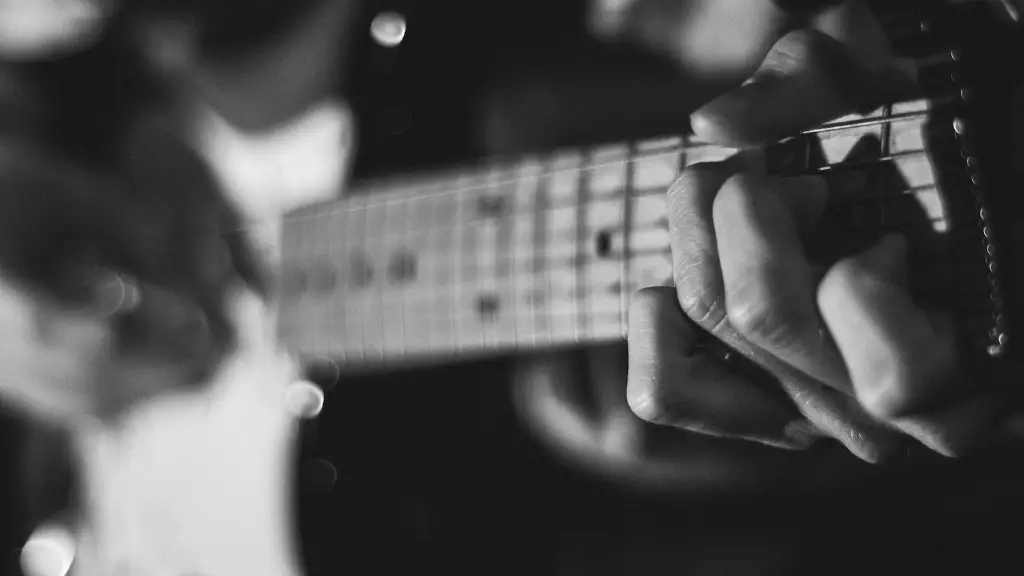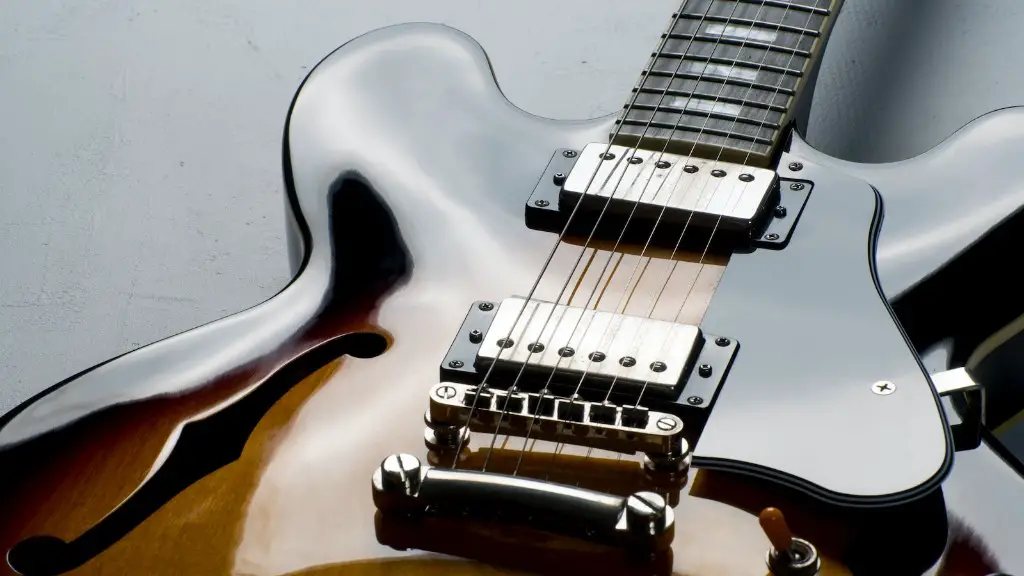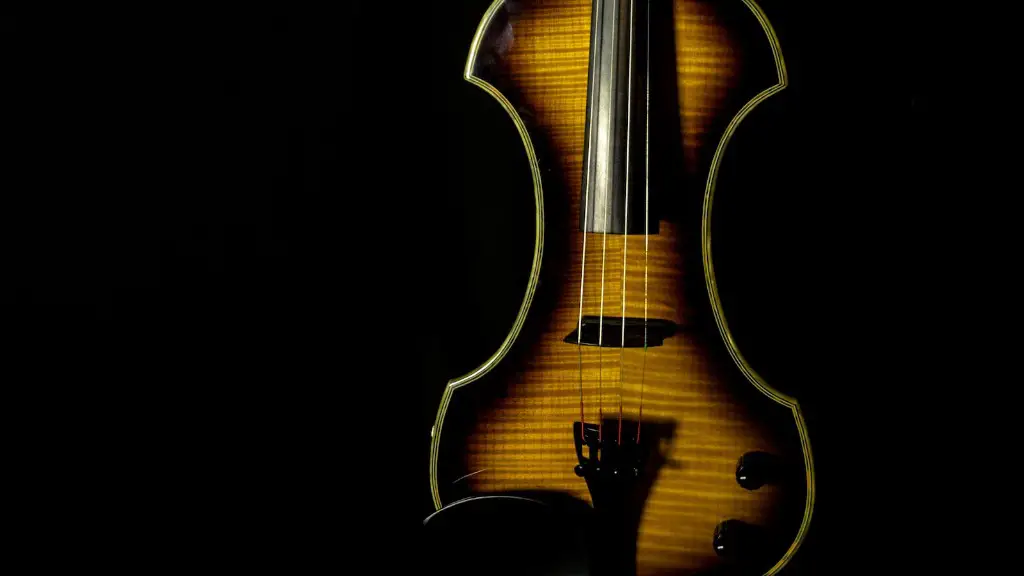Getting an authentic blues sound on electric guitar is a great way to add flavor to your playing. It’s not hard to do, but it does require a few key techniques. In this article we’ll look at the basics of blues guitar and how you can incorporate them into your playing.
The most important thing when it comes to getting the blues sound is understanding the use of open string notes and bends. Traditionally blues guitarists use open strings for their melodies and create movement in their lines by bending strings up or down. Using bends allows you to add more expression and emotion to your lines.
Another key technique for getting the blues sound is vibrato, which is a slight variation in pitch that adds texture and character to your tone. Vibrato can be achieved by quickly pushing or pulling on the string after striking a note. This will cause the pitch of the note to fluctuate slightly.
Finally, don’t forget about volume swells, which involve gradually increasing or decreasing the volume of a note until it fades away. Volume swells are often used in soloing sections for dramatic effect, so don’t forget to practice them!
These are just some of the basic techniques you can use when trying to get an authentic blues sound on electric guitar. With practice, you’ll soon be able to achieve that classic blues tone!
Acquire the Right Gear
Getting the bluesy sound on an electric guitar requires the right gear. It’s not enough to just plug in and play. You need to choose your guitar, amplifier, and effects pedals carefully in order to get that classic blues tone. Start with a guitar that has single-coil pickups, like a Fender Stratocaster or Telecaster. This type of pickup gives you the bright, snappy sound associated with the blues.
Next, you’ll need an amp with plenty of gain and natural distortion. Tube amps are best for achieving this sound, although there are some great digital models available as well. When adding effects pedals, it’s important to keep it simple and focus on basic tools like a compressor and overdrive pedal. Reverb is also essential for getting that classic blues sound. Adding too many effects can actually detract from the overall tone. Finally, don’t forget about proper technique! Learning how to play vibrato and bends will really help you get those signature blues licks down.
Utilizing Open Strings and Chords for Blues on Electric Guitar
Guitarists looking to add a bluesy flavor to their playing can make use of open strings and chords. Open strings are notes that are played without pressing down any frets. As a result, they tend to sound more “airy” and hollow compared to fretted notes. When used in the right context in combination with other notes, they can really enhance the blues feel of a guitar solo or riff.
Chords also play an important role in getting the blues sound out of an electric guitar. Chords can be used to create harmony in the background as well as provide a foundation for lead lines and solos. Make sure to use minor chords as opposed to major chords, since minor chords tend to create a darker and more emotional sound that is perfect for blues music.
Getting That Blues Sound on Electric Guitar
Nothing screams electric blues quite like a crisp, clean guitar tone. To achieve this sound, it’s important to practice with a metronome. This will help you develop your sense of timing and give you the foundation you need to create authentic blues riffs and solos. When practicing with a metronome, start by picking one note at a time and gradually increase the speed of the metronome until you can play the note accurately and consistently. Once you have that down, try adding more notes or chords and repeat the process. This will help you build up your technique and accuracy.
When it comes to getting that classic blues sound on electric guitar, distortion is key. However, it’s important to use moderate levels of distortion as too much can result in an unpleasant sound. Experiment with different levels of distortion until you find the right balance for your playing style. Additionally, pay close attention to how much sustain each note has; this will give your playing a fuller sound and make it easier to keep up with fast tempos while still maintaining accuracy.
How to Bend Notes on Electric Guitar for a Bluesy Sound
Bending is an essential technique for playing the blues on the electric guitar. It gives the player the ability to add expressive bends and slides to their playing. To begin, use your first two fingers of your picking hand to press down a string at a fret. Then, while keeping pressure on that note, use your other hand to bend the string up by pushing it towards the neck of the guitar. You can also use vibrato by pushing and pulling on the string with your fretting hand while you bend it. This will give you a more expressive sound.
Bending notes can be done in many ways, depending on how much of a bend you want. For bigger bends, use more force when bending with your picking hand and move it further away from the fretboard. This will result in a bigger and bolder sound. For smaller bends, use less force and move it closer to the fretboard for a softer sound. To get that classic blues sound, make sure to practice different types of bends and vibrato until you find what works best for you. Mastering this technique takes time and practice but when done correctly it can add a lot of character to your playing.
Develop Fingerpicking Skills
Fingerpicking is a great way to add a unique sound to your electric guitar. It’s an essential skill for any blues player, and can be used to create some truly unique and expressive music. To get the bluesy sound you’re looking for, start by focusing on developing your fingerpicking technique. Learn how to use your thumb, index, and middle fingers to pick out notes or chords in a rhythmic pattern. Practice playing along with songs you enjoy and focus on playing with feeling and expression. Experiment with different picking patterns as you develop your technique.
Once you’ve got the basics down, try adding some vibrato by gently bending the strings as you pluck them. This will help give your sound more depth and character. Finally, focus on adding a bit of grit to your tone by using distortion or overdrive pedals or cranking up the gain on your amp. This will help give your blues licks more bite. With practice and dedication, you’ll be able to develop the skills necessary for getting that classic blues sound on electric guitar!
Getting a Blues Sound on an Electric Guitar
Getting the blues sound on an electric guitar requires experimenting with tone and distortion settings. To get started, the tone knob should be set between 8 and 10 depending on the tone desired. The distortion should be set to a level that creates a gritty but not overly distorted sound. Experimenting with the mids and treble will help to create a unique blues sound. Adjusting the mids will open up the range of tones available, while adjusting the treble will create a brighter, more aggressive sound.
Using effects such as overdrive, delay, or chorus can also help to achieve a variety of blues sounds. Overdrive can be used to add warmth and texture to your guitar tone. Delay is great for creating an ethereal sound and adding depth to your soloing. Chorus is also useful for adding character to your blues playing and creating interesting sonic textures. Lastly, using an amp with plenty of headroom will give you greater control over your guitar’s tonal characteristics. With these tips in mind, you’ll be able to find your own unique blues sound on electric guitar!
Final Words
To get a blues sound on an electric guitar, it is important to practice the right techniques, use an appropriate amp and effects, and choose the right type of strings. You will also need to focus on the right notes and scales. With the right approach, you can easily get a blues sound out of your electric guitar. Additionally, it is essential to practice regularly in order to perfect your blues sound. With dedication and patience, you can achieve great results in no time!
